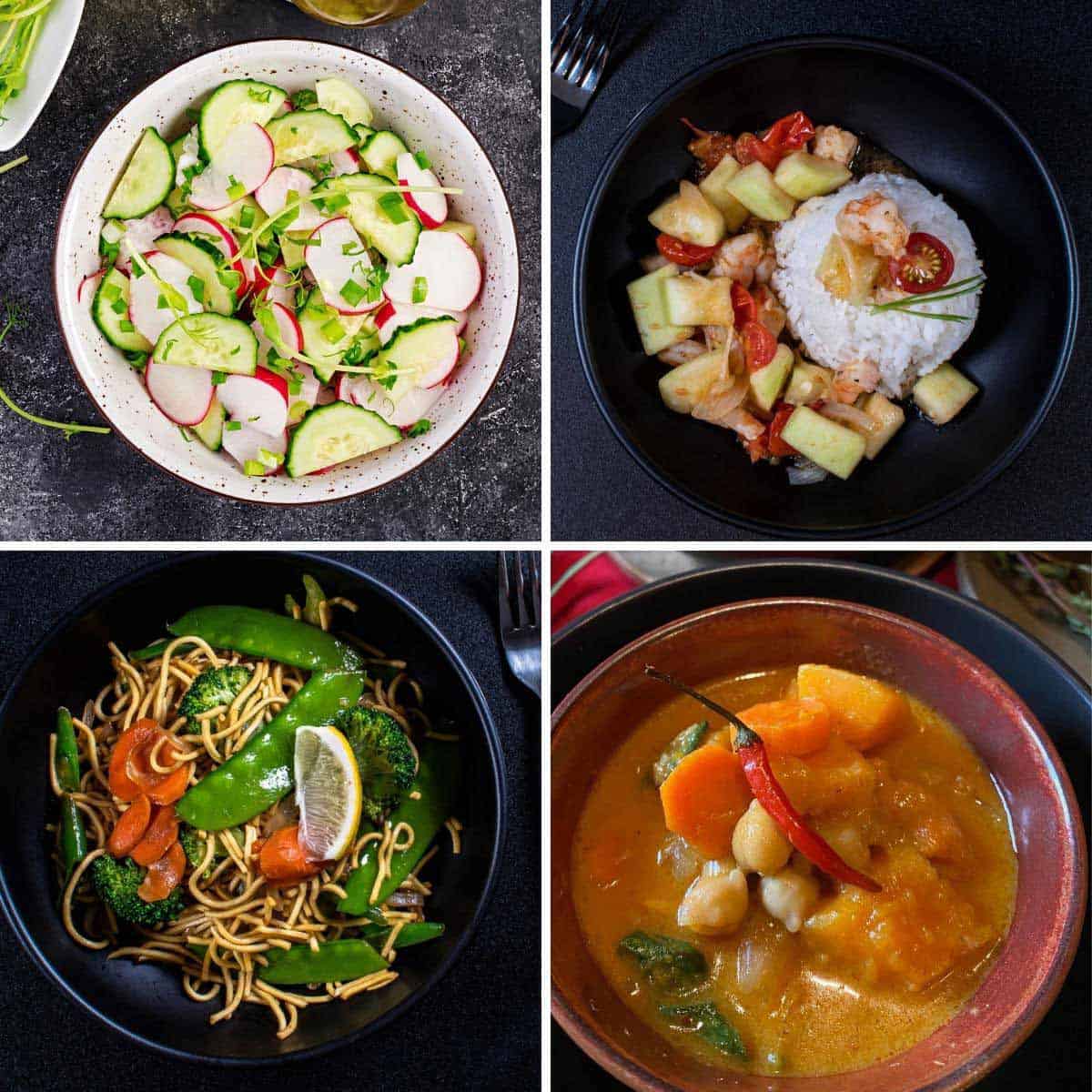Authentic Filipino Food Recipes to Attempt in your home
Exploring authentic Filipino food recipes provides a chance to appreciate the intricate tastes and cultural value behind each dish. Making use of fresh, regional components is necessary, as is accepting communal eating-- a characteristic of Filipino culture.
Popular Filipino Dishes
Filipino cuisine flaunts a rich tapestry of flavors and customs, with over a dozen famous meals that highlight the country's diverse cultural impacts. Among one of the most widely known meals is Adobo, a full-flavored stew generally made with chicken or pork, marinated in vinegar, soy sauce, garlic, and spices. Its appetizing taste account makes it a staple in Filipino households.
Another precious meal is Sinigang, a sour soup commonly made with tamarind, tomatoes, and numerous veggies. This meal can include pork, shrimp, or fish, and its rejuvenating taste is best for warm environments. For those with a sweet tooth, Leche Flan-- a creamy caramel custard-- offers as a popular dessert, showcasing the Filipino propensity for abundant, wonderful tastes.
Kare-Kare, a hearty oxtail stew with a thick peanut sauce, along with the renowned lumpia, or spring rolls, better exemplify the selection discovered in Filipino food. Each meal not just offers distinct preferences yet also tells a story of local components and historical impacts, making Filipino food a vivid representation of its society and heritage.
Important Active Ingredients for Filipino Food Preparation
The significance of Filipino cooking hinges on its essential active ingredients, which offer as the structure for the country's cherished recipes. A range of flavors and appearances come with each other, showcasing the varied social impacts that form Filipino food.
Secret ingredients include rice, the staple that accompanies virtually every meal, symbolizing food and community. Soy sauce, vinegar, and fish sauce (patis) are crucial for seasoning, imparting umami and deepness to recipes. Fresh natural herbs like cilantro and basil add fragrant quality, while garlic, onion, and ginger provide a durable flavor base.
Protein sources such as pork, chicken, and seafood are main to several dishes, usually marinated to boost taste. Veggies like eggplant, bitter melon, and environment-friendly beans contribute vital nutrients and equilibrium - Filipino food recipes. Coconut milk is another substantial ingredient, lending creaminess and a refined sweetness to numerous stews and desserts
Lastly, calamansi, a citrus fruit, uses a rejuvenating tang that elevates recipes and beverages alike. With each other, these active ingredients create the lively and abundant tapestry of tastes that specify Filipino cuisine, making it both soothing and unique. Comprehending these fundamentals is vital for anyone seeking to duplicate genuine Filipino dishes in your home.
Step-by-Step Dish Guide

Beginning by preparing your components. For Adobo, cut the meat right into uniform view publisher site items and marinade it in soy sauce, vinegar, garlic, and bay leaves for weblink a minimum of 30 mins. Next, heat oil in a frying pan and sauté the garlic and onions until aromatic, after that include the marinaded meat, enabling it to brownish equally.
For Sinigang, begin by boiling water in a pot and adding your option of meat. As soon as tender, integrate tamarind paste or fresh tamarind for that trademark sour taste. Follow with veggies like radish and kangkong, cooking until just tender.

Tips for Genuine Taste
Usually, accomplishing authentic flavor in Filipino recipes depends upon the cautious choice and treatment of ingredients. Start with fresh, premium produce, as the vibrancy of vegetables and herbs significantly improves the recipe's total preference. Staples like garlic, onions, and ginger create the aromatic foundation for many dishes; utilizing them in correct percentages is critical.
Selecting the right healthy protein is similarly vital. For circumstances, typical adobo typically uses hen or pork, seasoned to absorb the sauce's complete taste. Furthermore, think about sourcing in your area produced or regional active ingredients, as they can provide authenticity that store-bought choices lack.
Cooking methods additionally play a vital function. Slow-cooking methods, such as braising or stewing, allow tastes to fuse wonderfully, while frying can include a satisfying appearance. Do not ignore seasoning; utilizing salt, fish sauce, or soy try this out sauce at the ideal moments can elevate a recipe significantly.
Serving and Enjoying Filipino Food
Culinary experiences are enriched when Filipino food is served with focus to custom and neighborhood. The practice of sharing meals is main to Filipino society, signifying unity and friendliness. When offering Filipino meals, take into consideration making use of conventional serveware, such as clay pots or bamboo baskets, which improve the authenticity of the experience.
Commonly, Filipino dishes are appreciated family-style, with a range of recipes placed at the center of the table. This common method motivates interaction and permits visitors to example various flavors. A well-curated spread may consist of staples like adobo, sinigang, and lumpia, complemented by rice, which is an essential part of every dish.
Coming with the food with conventional spices, such as soy sauce, vinegar, or chili paste, can boost the dining experience, inviting diners to tailor their plates to their preferences. Furthermore, integrating regional drinks, like calamansi juice or tuba, can boost the overall taste account.
Verdict
